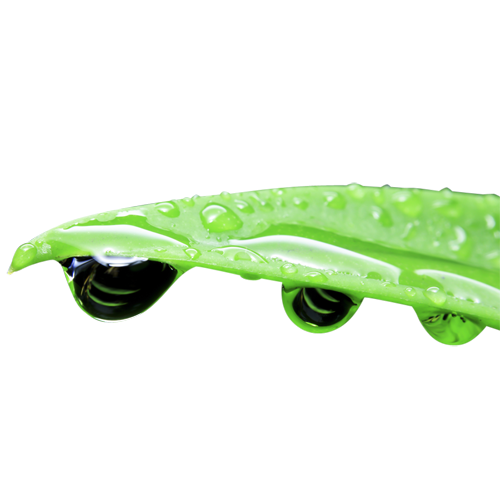Dry air can cause certain problems that can be helped by using a humidifier. How do you choose, use and maintain this type of device?
The level of moisture in the air
Air in a home that is too dry can cause various problems, and in some cases, contribute to a health problem. Generally speaking, adequate moisture improves air quality. It’s a good idea to periodically measure humidity levels in your home.
Health Canada recommends a humidity level of 30% in winter and of 50% in summer to avoid dry air, while preventing mould growth. A device that measures the humidity level in the air, called a hygrometer, can be purchased at an affordable price.
The easiest way to achieve the appropriate humidity level in your home is undoubtedly to use one or several humidifiers. When used as recommended by the manufacturer, these devices can be very useful and safe. Furthermore, if the relative humidity level becomes too high, the use of a dehumidifier may also be necessary.
Choosing a humidifier
Here are a few questions you can ask yourself before purchasing a humidifier:
- What is the size of the room that needs to be humidified?
- What type of humidifier is best suited to my needs, including how easy it is to use and clean?
- What are the maintenance requirements for the device?
- Do I need to buy replacement filters?
- Does the water tank meet my needs (depending on the size of the room)?
- How much do I want to spend on the humidifier?
- Who will use the room that needs to be humidified?
- What are the possible inconveniences of the device, for instance, noise?
- Do I need to take into account any risks related to the use of the device?
Characteristics of the various types of humidifiers
There are three main types of humidifiers on the market—cool mist, warm mist, and ultrasonic.
Characteristics of cool mist humidifiers:
- It moisturizes air without heating the water. Vapour is diffused into the air by a fan motor.
- It is more quiet than the other two.
- It is very safe. There is no burn hazard, as the vapour is cool.
- It requires regular upkeep because the water is not boiled. Germs can accumulate and spread more easily in stagnant water, which can be an issue for people with respiratory disorders, among others.
- Fine white dust may be found on the floor and furniture depending on the quality of the water that is used.
- The filter must be replaced at regular intervals, which involves an additional cost.
Characteristics of warm mist humidifiers:
- It is sometimes called a vaporizer.
- Based on the same principle as a kettle, it is equipped with a heating element that boils the water before diffusing the vapour into the air.
- It is noisier (a boiling sound can often be heard), which can disrupt or compromise sleep.
- It requires less maintenance than the two other models, as the water is boiled inside the device.
- Boiling eliminates germs that may be present in the water.
- There is a burn hazard because the vapour is hot. It may not be advisable for a child’s or baby’s room. Furthermore, the Canadian Paediatric Society does not recommend the use of this type of device in this context.
- Some precautions are needed, for instance, the device should be placed in a low-traffic area, and ideally, should not be placed on top of furniture.
Characteristics of ultrasonic humidifiers:
- It produces a mist rather than vapour.
- Water travels through an ultrasonic nebulizer (high-frequency vibration).
- It is usually more quiet.
- Fine white dust may be found on the floor and furniture depending on the quality of the water that is used.
- It is sometimes preferable to use demineralized or distilled water, which increases costs.
- It requires meticulous maintenance.
- Its purchase cost is higher.
Proper use of a humidifier
Here is some advice to help you make the best use of a humidifier:
- Do not leave water in the tank while the device is not in use. Empty the water tank immediately after each use and add water when you are ready to turn it on again.
- Follow the manufacturer’s recommendations by cleaning and disinfecting your device regularly. You may need to clean it more or less often depending on the quality of the water in your home.
- If the device has a filter, change it at the frequency recommended by the manufacturer.
- Consider using boiled, demineralized or distilled water to reduce the risks related to particles, contaminants, and germs. Demineralized and distilled water are costlier options, but they are of better quality than tap water and prolong the life of the device.
- Avoid adding products such as medicated formulas or scented oils in the humidifier, as the benefits of this practice have not been proven. Additionally, it is believed that some of these products could have an irritating effect on the respiratory tract.
Your pharmacist
Before purchasing a humidifier, ask the advice of your pharmacist, who can help you weigh the pros and cons of the various models. In addition, pharmacists can inform you about how to use, clean and maintain the device. If this purchase is intended to prevent or treat a symptom or health issue, speak to them about it. They can help you to make the best decision and perhaps suggest other options that you hadn’t thought of!


